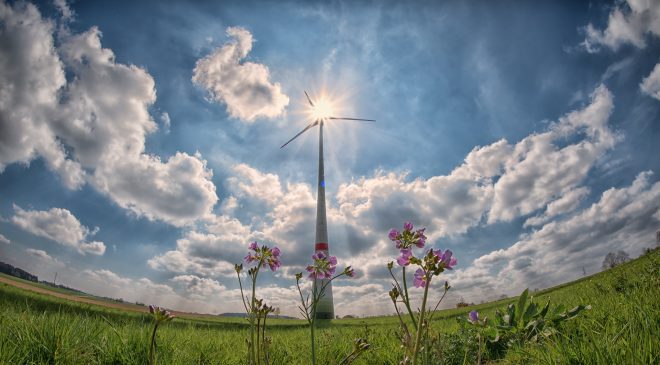
Cloud datacentres are lowering emissions by optimising the physical environment.
The continued adoption of cloud computing could prevent the emission of more than 1 billion metric tons of carbon dioxide (CO2) from 2021 through 2024.
According to forecast uses IDC data on server distribution and cloud and on-premises software use along with third-party information on datacentre power usage, carbon dioxide (CO2) emissions per kilowatt-hour, and emission comparisons of cloud and non-cloud datacentres.
A key factor in reducing the CO2 emissions associated with cloud computing comes from the greater efficiency of aggregated compute resources. The emissions reductions are driven by the aggregation of computation from discrete enterprise datacentres to larger-scale centres that can more efficiently manage power capacity, optimize cooling, leverage the most power-efficient servers, and increase server utilisation rates.
At the same time, the magnitude of savings changes based on the degree to which a kilowatt of power generates CO2, and this varies widely from region to region and country to country. Given this, it is not surprising that the greatest opportunity to eliminate CO2 by migrating to cloud datacentres comes in the regions with higher values of CO2 emitted per kilowatt-hour. The Asia/Pacific region, which utilises coal for much of its’ power generation, is expected to account for more than half the CO2 emissions savings over the next four years. Meanwhile EMEA will deliver about 10 per cent of the savings, largely due to its use of power sources with lower CO2 emissions per kilowatt-hour.
While shifting to cleaner sources of energy is important to lowering emissions, reducing wasted energy use will also play a critical role. Cloud datacentres are doing this through optimizing the physical environment and reducing the amount of energy spent to cool the datacentre environment. The goal of an efficient datacentre is to have more energy spent on running the IT equipment than cooling the environment where the equipment resides.
Another capability of cloud computing that can be used to lower CO2 emissions is the ability to shift workloads to any location around the globe. Developed to deliver IT service wherever it is needed, this capability also enables workloads to be shifted to enable greater use of renewable resources, such as wind and solar power.
IDC’s forecast includes upper and lower bounds for the estimated reduction in emissions. If the percentage of green cloud datacentres today stays where it is, just the migration to cloud itself could save 629 million metric tons over the four-year time period.
If all datacentres in use in 2024 were designed for sustainability, then 1.6 billion metric tons could be saved.
IDC’s projection of more than 1 billion metric tons assumes that 60 per cent of datacentres will adopt the technology and processes underlying more sustainable “smarter” datacentres by 2024.
“The idea of ‘green IT’ has been around now for years, but the direct impact of hyperscale computing can have on CO2 emissions is getting increased notice from customers, regulators, and investors and it’s starting to factor into buying decisions,” said Cushing Anderson, program vice president at IDC. “For some, going ‘carbon neutral’ will be achieved using carbon offsets, but designing datacentres from the ground up to be carbon neutral will be the real measure of contribution. And for advanced cloud providers, matching workloads with renewable energy availability will further accelerate their sustainability goals.”




